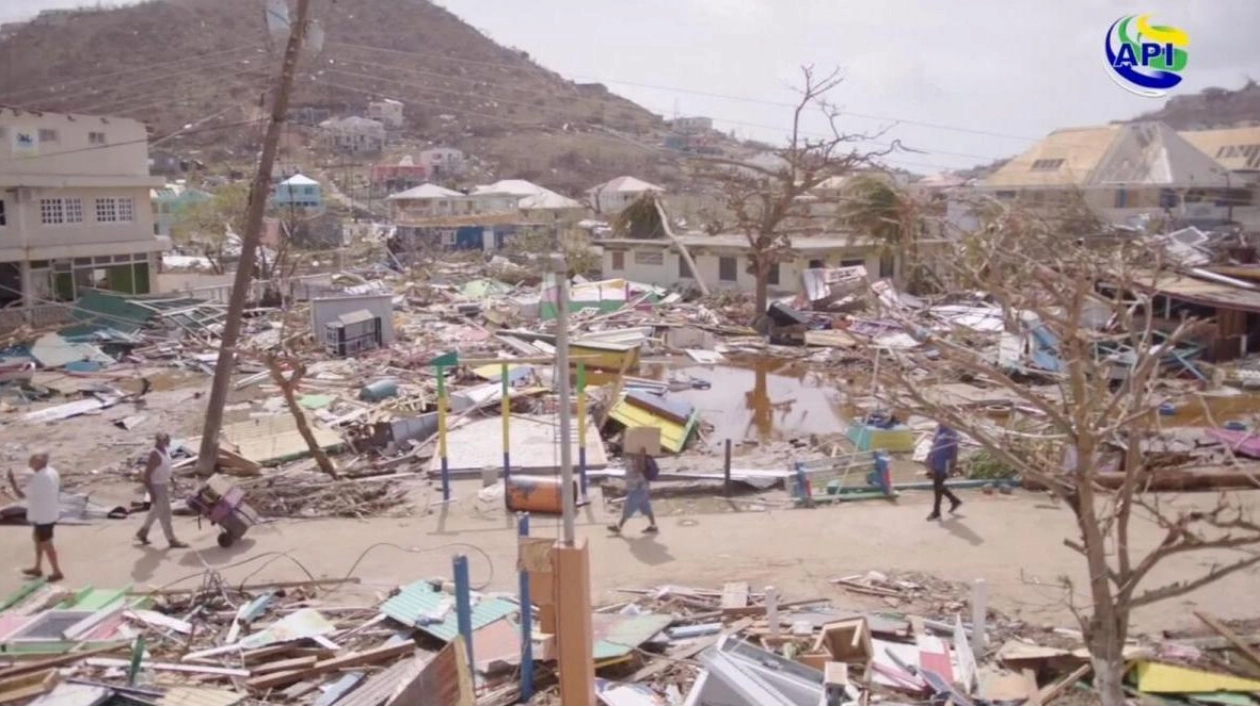Hurricane Beryl advanced towards Jamaica as a formidable Category 4 storm on Wednesday, having already caused significant damage to homes and agriculture in smaller eastern Caribbean islands, resulting in at least three fatalities.
At approximately 0500 EDT (0900 GMT), the hurricane was located about 300 km east-southeast of Kingston, Jamaica's capital, according to the US National Hurricane Center (NHC). It was characterized by maximum sustained winds of 230 kph.
The NHC warned that Beryl is likely to bring life-threatening winds and storm surges to Jamaica on Wednesday and to the Cayman Islands overnight into Thursday. A hurricane warning is currently in place for both regions.
Hurricane conditions are anticipated to hit the Jamaican coast around midday, with tropical storm-force winds expected from late morning, complicating outdoor preparations. In Kingston, residents were seen queuing at gas stations and stocking up on essential supplies, while securing their properties.
A local store employee, Andre, noted the heightened anxiety among Jamaicans due to the storm's Category 5 status. Beryl, the first hurricane of the 2024 Atlantic season and the earliest to reach the highest category on the Saffir-Simpson Scale, has already caused widespread power outages and flash floods in smaller islands.
St. Vincent and the Grenadines were particularly hard hit, with Prime Minister Ralph Gonsalves describing the aftermath as 'immense destruction.' On Union Island, 90% of homes were reported to be severely damaged or destroyed.
Grenada's Prime Minister, Dickon Mitchell, described the situation on Carriacou and Petite Martinique as 'Armageddon-like,' with widespread infrastructure damage and impassable roads.
The NHC predicts Beryl will continue its westward trajectory at 35 kph, with hurricane watches also issued for Haiti's southern coast and Mexico's Yucatan peninsula. Mexico has activated emergency protocols, with over 4,900 troops deployed and 120 shelters opened in anticipation of the storm.
Scientists attribute Beryl's early formation and rapid intensification to warmer ocean temperatures, likely exacerbated by human-induced climate change, offering a concerning glimpse into the future of hurricane activity.






